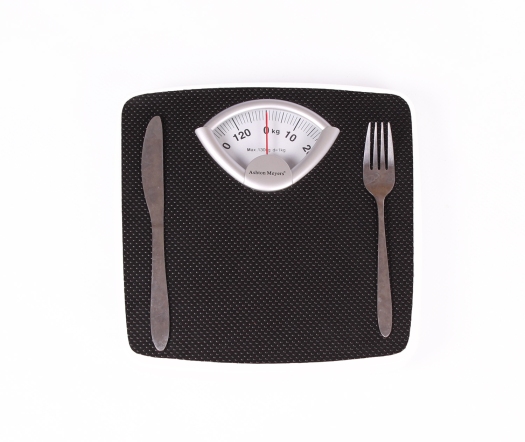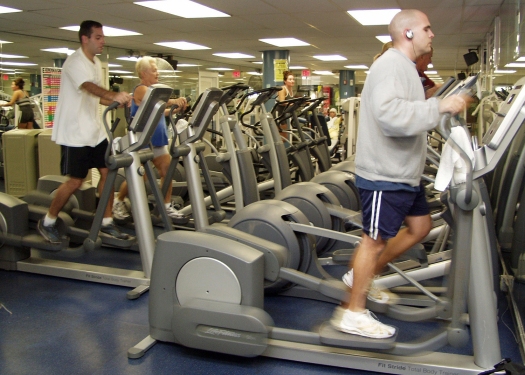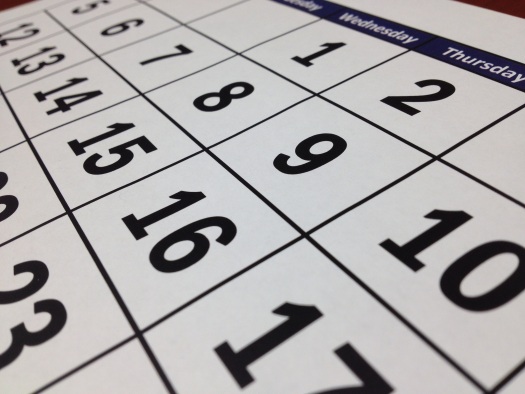Many people start exercising because they want to change the way they look. And to build the bodies they want, most of these people will eventually need to build some muscle.
In part 1, I explained the essential components to include in your workouts if you want to build muscle. In part 2, I explain how you should eat. I also include a few additional important considerations at the end.
You need to eat a lot.
Hard training is required to stimulate muscle growth, but it’s not going to happen without providing your body with the necessary raw materials. I’ve worked with many naturally skinny people who simply don’t eat as much as they need to if they really want to gain weight.
If you struggle to eat enough, set timers on your phone to remind you when it’s time for meals. If you either don’t get hungry or tend to ignore your hunger, an external stimulus can prompt you to eat. Eating several smaller meals throughout the day can help you get around feeling overly full.
Consider experimenting with liquid meals like shakes and smoothies. It’s much easier to drink your calories than eat them, so these meals won’t leave you feeling quite as full. Start with a shake before and/or after your workouts and add more during the day as needed.

Regular training can also help boost your appetite if you have trouble eating enough food. Many of my clients and friends tell me they were amazed how much hungrier they felt when they committed to a consistent strength training regimen. Focus on hitting the weights hard.
What should I eat?
Calories are king when it comes to building muscle. However, it’s also important to pay attention to what kinds of foods you’re eating. This will help you feel better, train harder, and stay healthy on your quest to build a more muscular body.
Contrary to what you may read on the internet, you will have much more success building muscle if you eat lots of carbs. Carbs are the body’s preferred source of fuel. They help you recover faster and power through the grueling workouts necessary to pack on muscle. Don’t be afraid to eat plenty of carbs every single day, especially around your workout.

Protein is also critical to hypertrophy. Aim to keep protein consumption around 1g/1lb bodyweight. You can get your protein from a wide variety of places; it’s not necessary to eat grilled chicken breast all day every day. White fish, salmon, eggs and egg whites, cottage cheese, greek yogurt, lean steak, ground turkey and chicken, and pork chops are all great protein sources. There are also plenty of vegetarian protein options, such as beans and legumes. Experiment to find which foods agree with you and are most enjoyable.
The rest of your diet should come from healthy fats. I don’t recommend cutting fat consumption to less than 20% of your total calories for health reasons. Some people need to eat more fat to feel and perform their best.
Your diet should center around whole, nutrient-dense foods, but you definitely have room to add in calorically-dense treats, especially if you’re having trouble consuming enough calories. However, chasing hypertrophy isn’t an excuse to just eat junk food all the time. Aim to eat nutritious foods ~80% of the time and save the other ~20% for treats. Tweak this percentage depending on your preferences and results.
Other considerations
Sleep is absolutely crucial. Your body needs sleep both to recover from hard training and to build muscle. You will have much better results if you can commit to sleeping at least 7.5 hours every single night. Sleep time can also be broken up throughout the day. Never underestimate the power of a good nap.

If you’re not already lean, consider losing some fat before you start trying to put on size. A lean body is more likely to store excess calories as muscle than an overweight body. Going on a short diet before you start a gaining phase can ensure you put on weight in the right places and don’t end up with excess unwanted body fat.
Don’t worry about getting “too big.” Building muscle takes a lot of time and effort (and food). It doesn’t happen by accident and you can always switch gears once you’re happy with your results.
Finally, remember that building muscle isn’t just for bodybuilders and fitness models. Anyone who wants more definition in certain body parts or who wants to look more athletic should include hypertrophy among their list of goals. You may even discover that training to build muscle is one of the most fun things you can do in the gym.
I’m a big fan of any kind of training that aims to build you up rather than make you take up less space in the world. If you want to learn more, I’d love to hear from you here or have you join my email list. I send out exclusive weekly content with my list that I don’t share anywhere else.






















